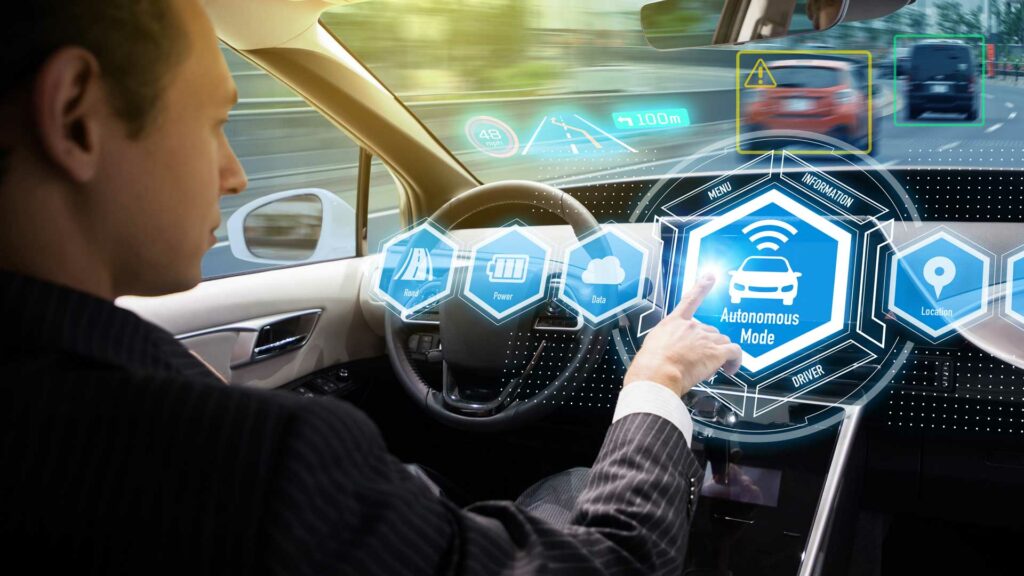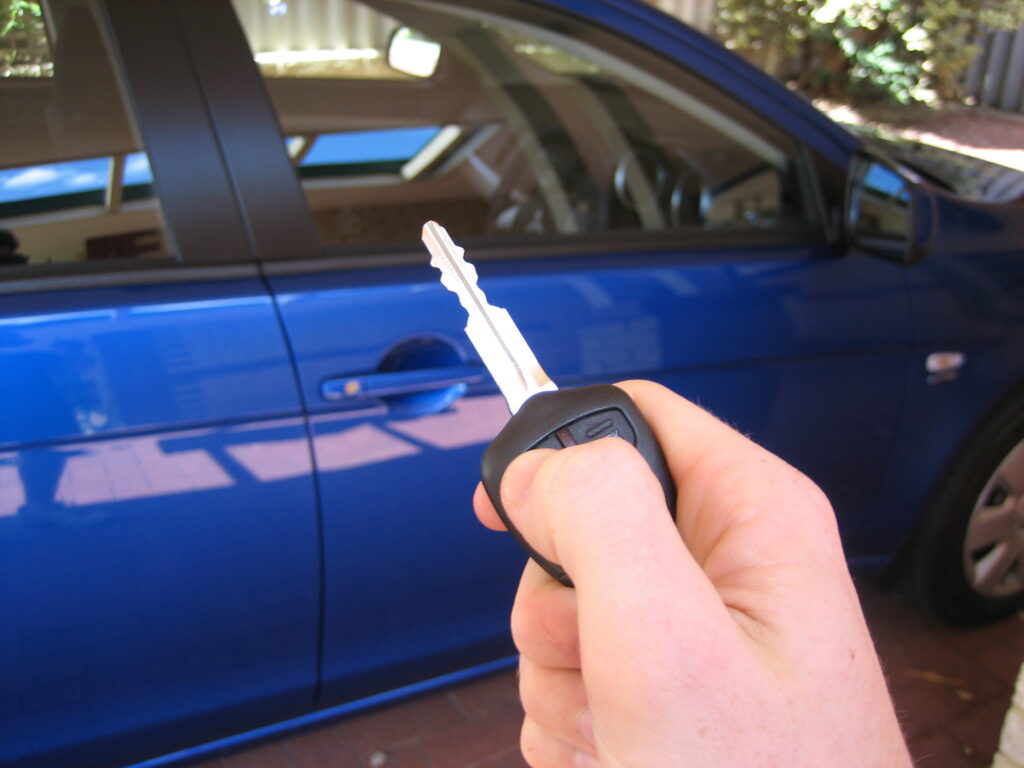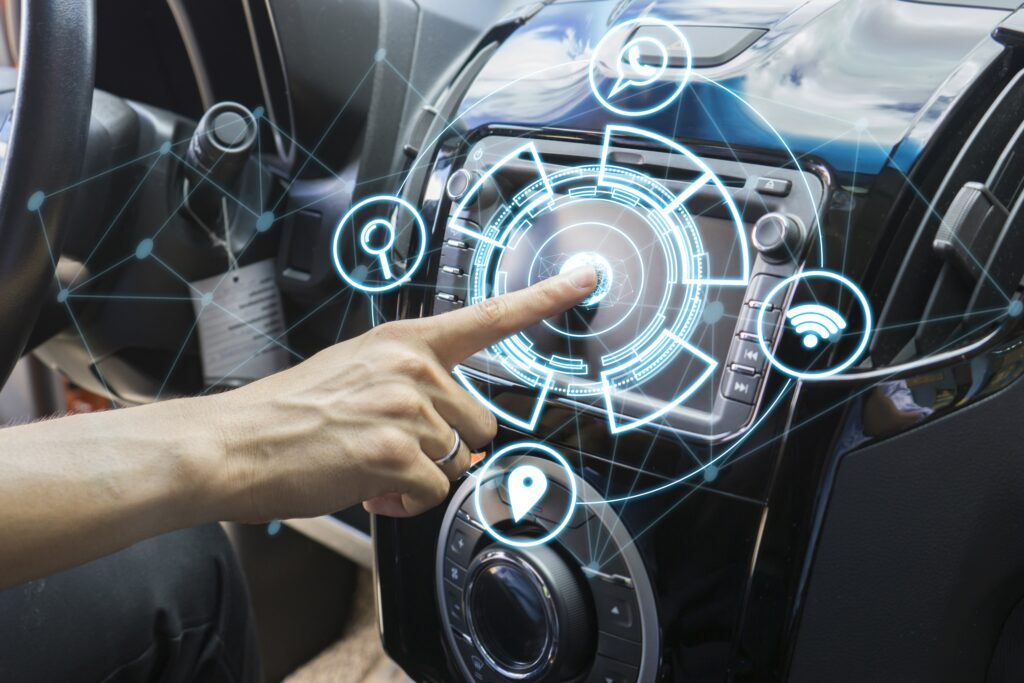In the ever-evolving world of car tech automotive technology, breakthroughs are constantly pushing the boundaries of what we thought was possible. The marriage of automotive engineering and cutting-edge technology has paved the way for revolutionary advancements, creating safer, more efficient, and more enjoyable driving experiences. In this article, we will dive into the latest trends and innovations in car tech. We will explore how these advancements are reshaping the automotive industry.
Car Tech Automotive: Paving the Way for the Future

Autonomous driving has emerged as a key focus in the car tech automotive industry, with major players investing heavily in research and development. The concept of self-driving cars has evolved from science fiction to reality. It is with companies integrating advanced sensors, artificial intelligence, and machine learning algorithms to achieve remarkable levels of autonomy.
- Sensor Fusion: Autonomous vehicles utilize a combination of sensors, including cameras, radar, and LiDAR, to gather real-time data about their environment. These sensors work together to provide a comprehensive understanding of the surroundings, detecting obstacles, pedestrians, and other vehicles.
- Artificial Intelligence: Advanced AI algorithms analyze the sensor data and make intelligent decisions based on the observed patterns and traffic rules. Machine learning techniques allow autonomous vehicles to continuously improve their driving capabilities through experience and data analysis.
- High-Definition Mapping: Precise mapping systems provide detailed information about the roads, including lane markings, traffic signs, and road geometry. This data helps autonomous vehicles navigate accurately and make informed decisions.
Connectivity and Infotainment: Creating a Seamless Experience
The integration of smart technology and connectivity in cars has revolutionized the driving experience. Modern vehicles are equipped with advanced infotainment systems. They allow drivers and passengers to stay connected, entertained, and informed while on the road. From seamless smartphone integration to voice-activated controls and real-time navigation, these features enhance convenience and productivity, transforming the way we interact with our vehicles.
- Apple CarPlay and Android Auto are two popular smartphone platforms that are being integrated by automakers into their infotainment systems. This allows drivers to access their favorite apps, make calls, send messages, and control media with ease, all while keeping their hands on the wheel and eyes on the road.
- Voice-Activated Controls: Natural language processing and voice recognition technologies enable drivers to interact with their vehicles using voice commands. This hands-free approach enhances safety and reduces distractions while on the road.
- Real-Time Navigation: GPS technology integrated into infotainment systems provides accurate and up-to-date navigation information, including real-time traffic updates, alternate routes, and points of interest. This ensures a smooth and efficient driving experience.
Advanced Driver Assistance Systems (ADAS): Enhancing Safety
Car tech automotive advancements have led to the introduction of advanced driver assistance systems (ADAS), which offer an extra layer of safety and convenience. These systems utilize sensors, cameras, and radars to detect and respond to potential hazards on the road.
- The adaptive cruise control (ACC) system employs radar or sensors to keep a safe distance from the car in front of it. It automatically adjusts the speed of the vehicle to match the flow of traffic. It reduces the need for constant acceleration and braking.
- Lane-Keeping Assistance: Cameras and sensors monitor the vehicle’s position within the lane and provide alerts or gentle steering inputs to keep the vehicle centered. This helps prevent unintentional lane departures and reduces the risk of accidents.
- Automatic Emergency Braking (AEB): AEB systems use sensors to detect potential collisions and automatically apply the brakes to prevent or mitigate the impact. This technology is particularly effective in situations where the driver may be distracted or unable to react in time.
Augmented Reality and Heads-Up Displays: A Glimpse into the Future
Augmented reality (AR) and heads-up displays (HUD) are emerging technologies that are reshaping the way we interact with our vehicles. AR technology overlays real-time information, such as navigation directions and vehicle performance data, onto the driver’s field of vision. These innovations offer improved situational awareness, reducing distractions and enhancing overall safety.
- AR Navigation: Augmented reality navigation systems overlay turn-by-turn directions onto the windshield or display, providing a clear visual guide for drivers without the need to glance at a separate screen. This enhances navigation accuracy and minimizes distractions.
- Vehicle Performance Data: AR technology can display real-time vehicle data. Such as speed, fuel level, and engine status, directly in the driver’s line of sight. This allows drivers to access critical information without taking their eyes off the road.
The Best Device For Your Vehicle’s Security

The clever and distinctive technology inhibits signal amplification and defends against relay attacks. Install the electronic chip in the key fob to start taking use of all the features it has to offer. A motion sensor on a Smart Keyless protector disables the fob after three minutes of inactivity. The chip disconnects the battery while the device is still to prevent unnecessary radio signal transmission. It therefore functions as a blocker, making it the most effective weapon against signal extenders.
Takeaway
In conclusion, car tech automotive innovations are reshaping the automotive industry, ushering in a new era of mobility. From autonomous driving and electric vehicles to connectivity, advanced safety systems, and augmented reality, these advancements are revolutionizing the way we drive. With enhanced safety, efficiency, and sustainability, the future of automotive technology holds great promise. We can anticipate many more ground-breaking innovations as technology continues to improve. It will revolutionize our driving experience and change how we interact with our cars.











